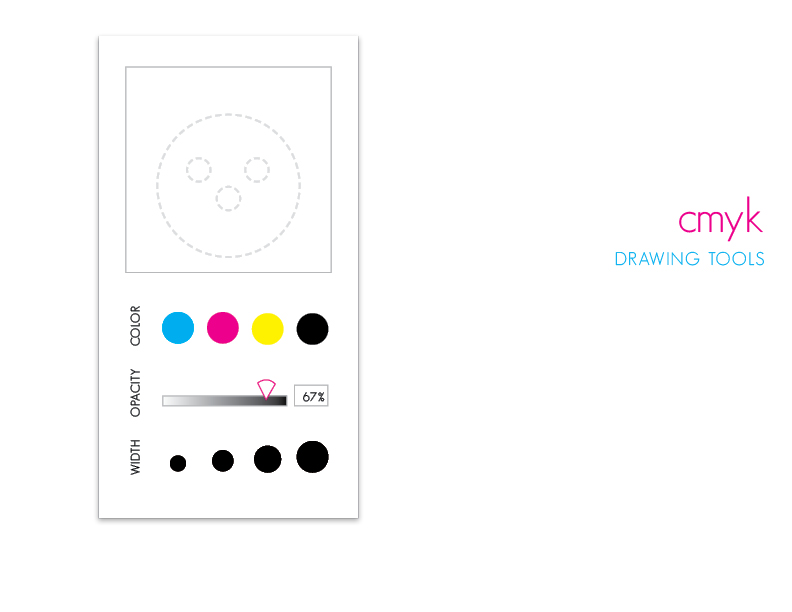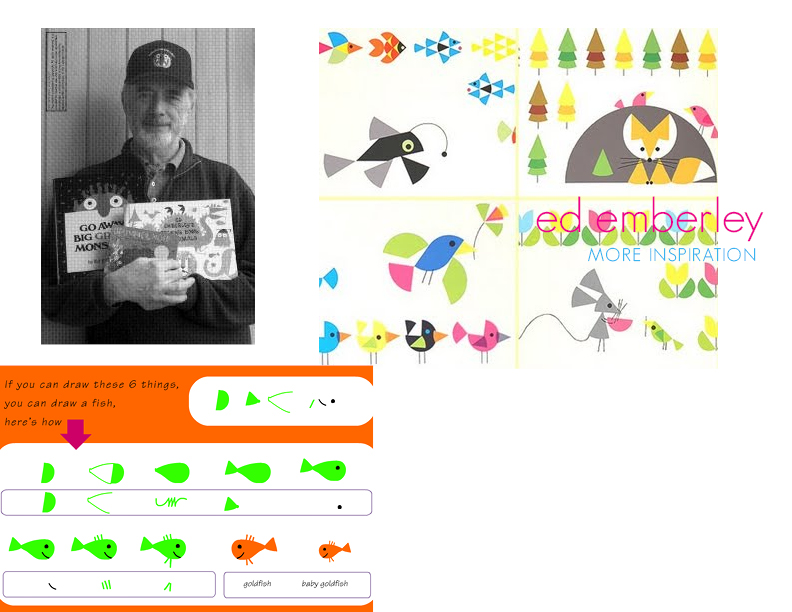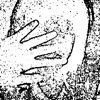Susan — SketchCam
Top
SketchCam is exactly what it sounds like: a webcam mod which enables viewers to see themselves as a moving sketch through image augmentation. Viewers are able to see themselves as a black&white or sepia sketch.
Inspiration
I was drawn to 2d animation which had intentionally left process work, or sketchy, qualities behind in the final production. The beauty of the rough edges, grain, and tangential lines added to the final piece unlike any polish piece would be able to accomplish. In terms of an exhibition, I wanted to see if I could make something that was interactive, since the final pieces were meant to be showcased publicly.
Here are a few pieces which piqued these feelings:
Background Reference
Originally over-thinking the colorization issue http://dippix.tp.chiba-u.jp/papers/CIC13_Horiuchi.pdf
Sifting through a ton of Learning Processing before stumbling upon Brightness Thresholding http://www.learningprocessing.com/examples/chapter-15/example-15-10/
And realized I could simply colorize as 2-toned sepias.
Edge Detection http://www.pages.drexel.edu/~weg22/edge.html Sobel/Laplace algorithms and background studies before reproducing Sobel successfully.
Reading about Optical Flow http://people.csail.mit.edu/bkph/papers/Optical_Flow_OPT.pdf & http://robots.stanford.edu/cs223b05/notes/CS%20223-B%20T1%20stavens_opencv_optical_flow.pdf (openCV before switching to Processing)
and trying to find simpler examples to learn quickly from http://andybest.net/2008/07/particle-engine-optical-flow/ & http://processing.org/discourse/yabb2/YaBB.pl?num=1222478633
Finally, using physics via Box2D http://www.shiffman.net/teaching/nature/box2d-processing/ particularly, http://www.shiffman.net/itp/classes/nature/box2d_2010/blob/
Process
I half-heartedly committed to the idea of analyzing cute characters, perhaps via Mechanical Turk before being swept away by great 2d animations. The entire thought can be found in this previous post. Brainstorming time and precious time before crunch-time was lost changing my mind… Unfortunate, this previous idea might have scaled a lot better and leverages some existing strengths of mine (producing cute like mad).
Before this madness: I tried coding in C++ using OpenCV via Code::Blocks, only to struggle just getting things compiling. In the interest of time/feasibility, I switched to Processing.
Pieces which ended up working

Brightness Thresholding
and
Sobel Edge Detection
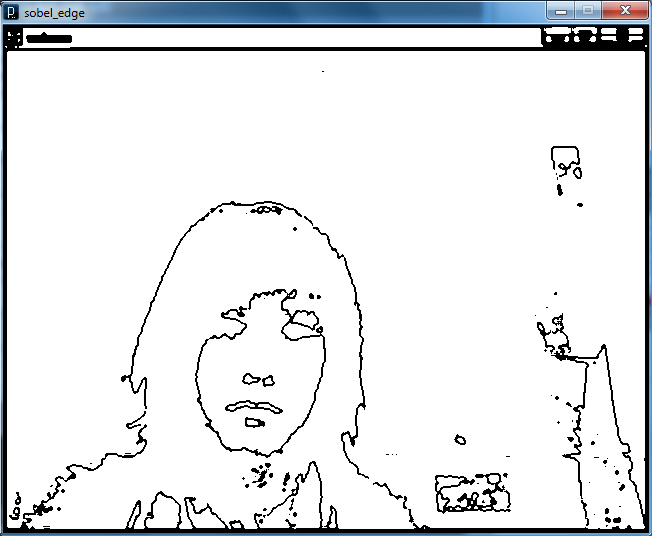
After some sighing and frustration of trying to get things to play along with Optical Flow, I took another detour: instead of producing one robust augmenter, thought having 2 or 3 smaller pieces of a bigger project would help showcase the amount of work that went into this.
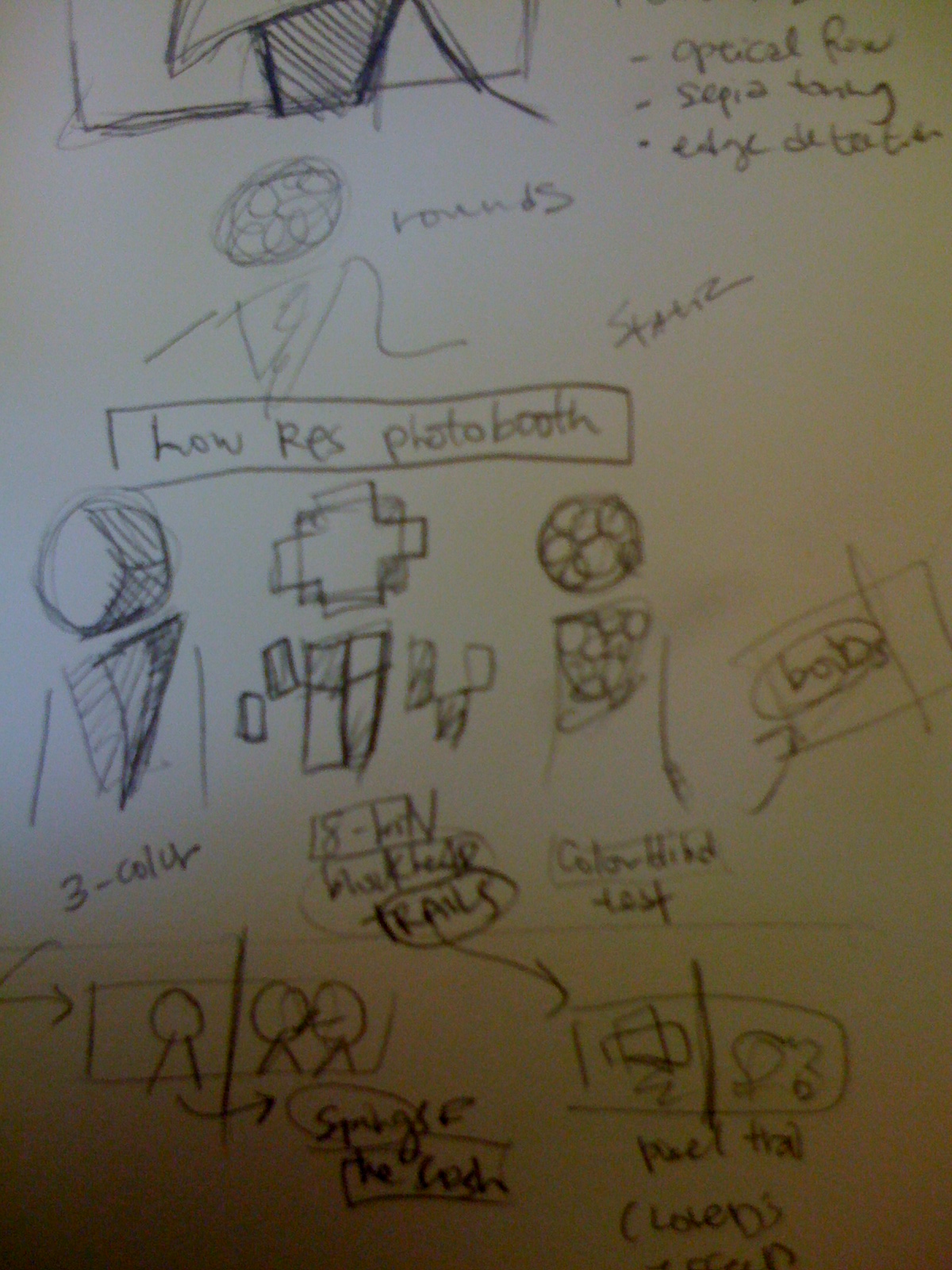

And a detour on a detour:
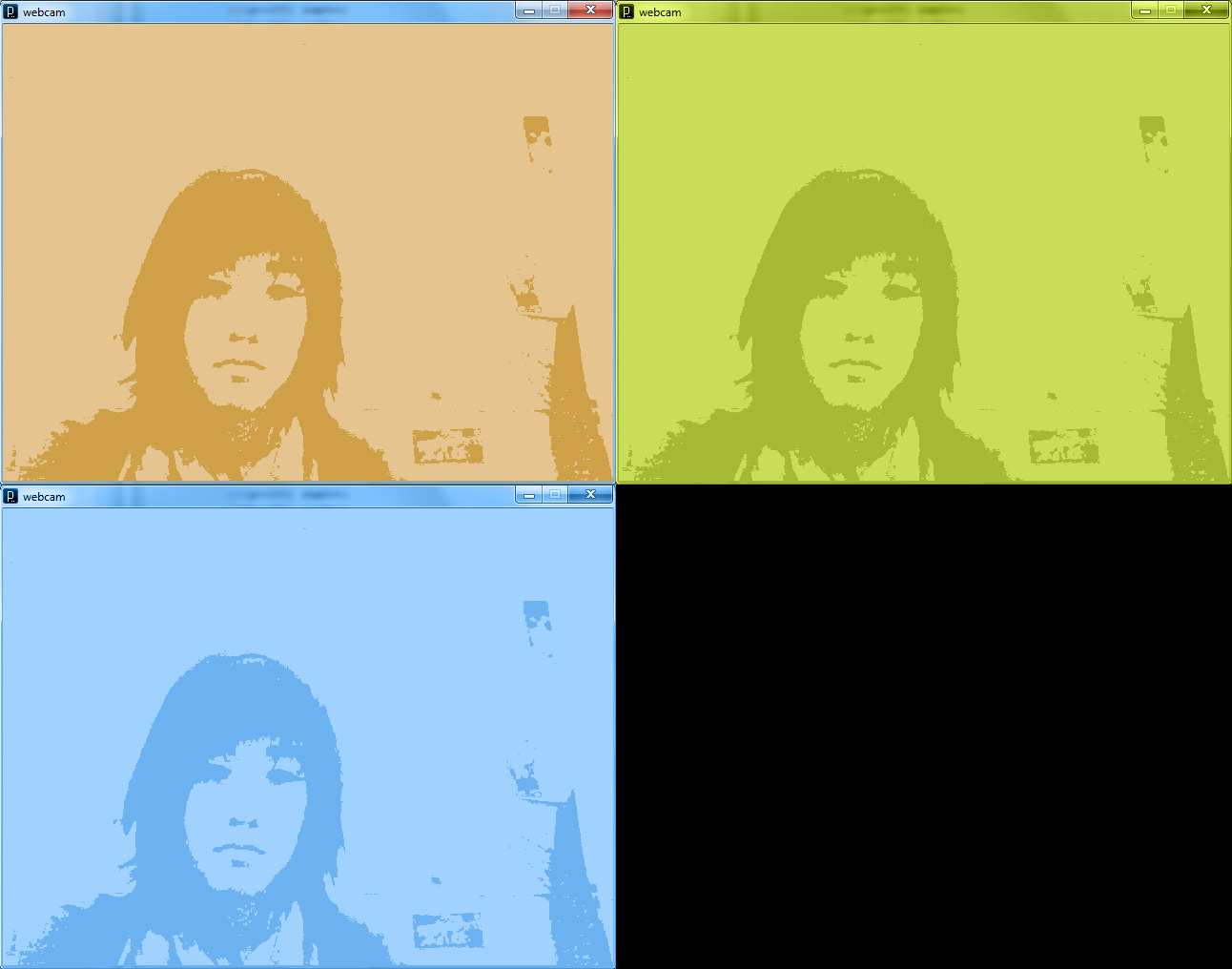
Pretty reminiscent of Warhol actually…

Of course, that’s been done… (Macbook Webacam filter)

What’s been done
Introspective
It is evident that this pursuit was a very erratic one which could have benefited from a bit of focus or external constraints. Overall, it has been a great learning experience. If anything, the whole experience has told me that I am a slow coder, and benefit from creating things visually, instead of algorithmically. I prefer to slowly absorb new material and really dissect it for myself, unfortunately, that ends up being a timely process that requires more attention than if I were scrambling a visual together. Help is nice, but there is a larger of issue of the balance between not getting enough help and getting too much help. If anything, my preference is to get less help, at the cost of being slower, so long as I learn. The best thing academia has given me is the vaster timeline and flexibility to learn anything I would like to, largely at my own pace.
The biggest downfall for this final project was simply the lack of time between job onsite interviews and capstone project report. Sticking with one key “magic” would have been better instead of splitting the already limited attention across colorization, filters, camera processing, optical flow, and edge detection. Committing to an idea would have helped too. Not feeling the pressure of having to feel like I needed to create something not already done could also be a part of this struggle. Also, there was a ton of researching, dead-ends, and things which did not inhabit the final form (ironically, considering the ideal project outcome).
All-in-all, if I were to ever uptake another coding pursuit, it’s evident that good timing will be key to success. What I got out of IACD was a bunch of initial exposure to both my pursuits and my peers’ pursuits. If anything, I hope it refined my process for the better to produce code-based projects and show the amount of heart put in each step of the way… I was successful in the sense I had the opportunity which forced me to look at a ton of different new code-related things.
100×100 and one-liner
SketchCam is exactly what it sounds like: a webcam mod which enables viewers to see themselves as a moving sketch through image augmentation.
